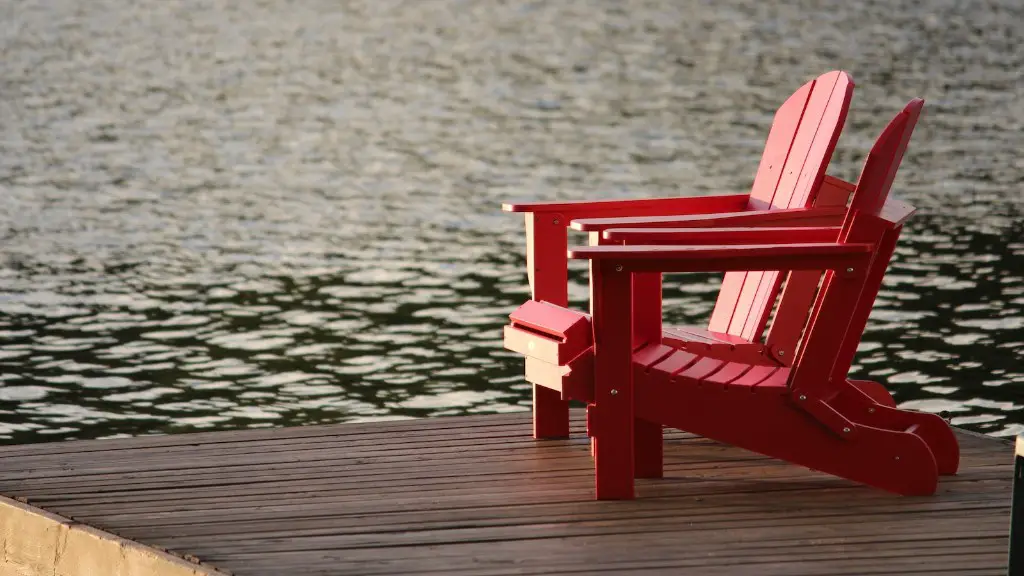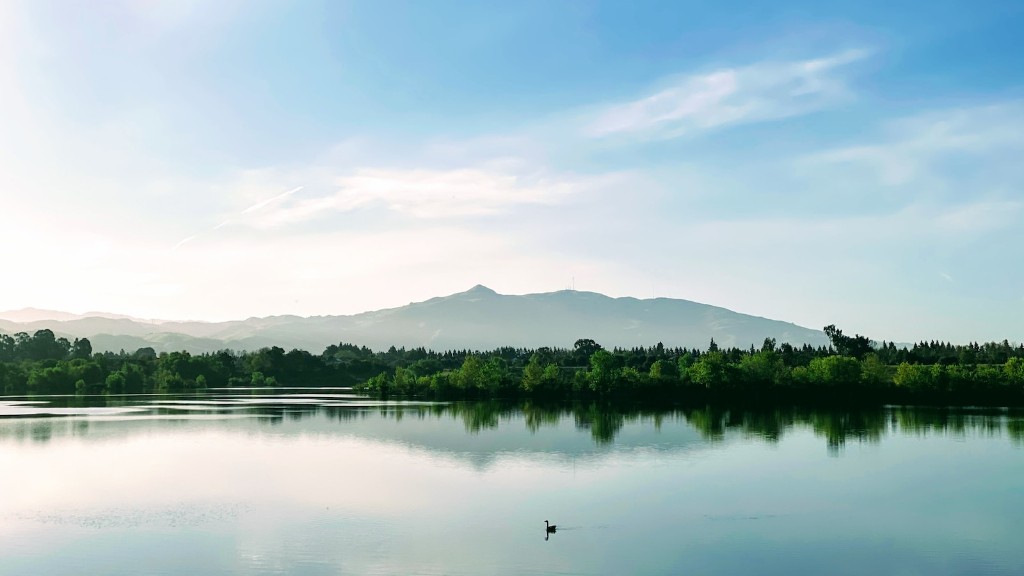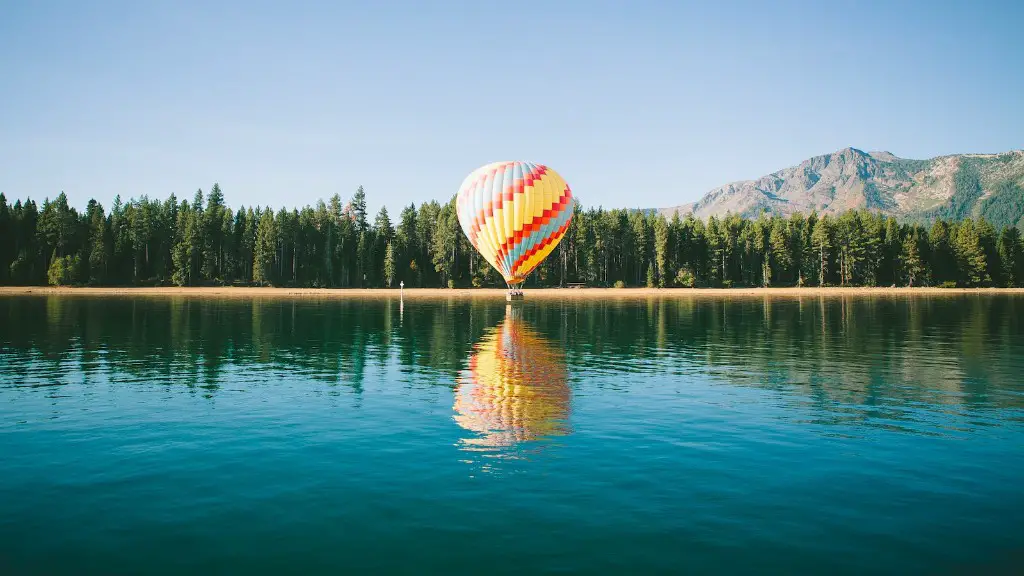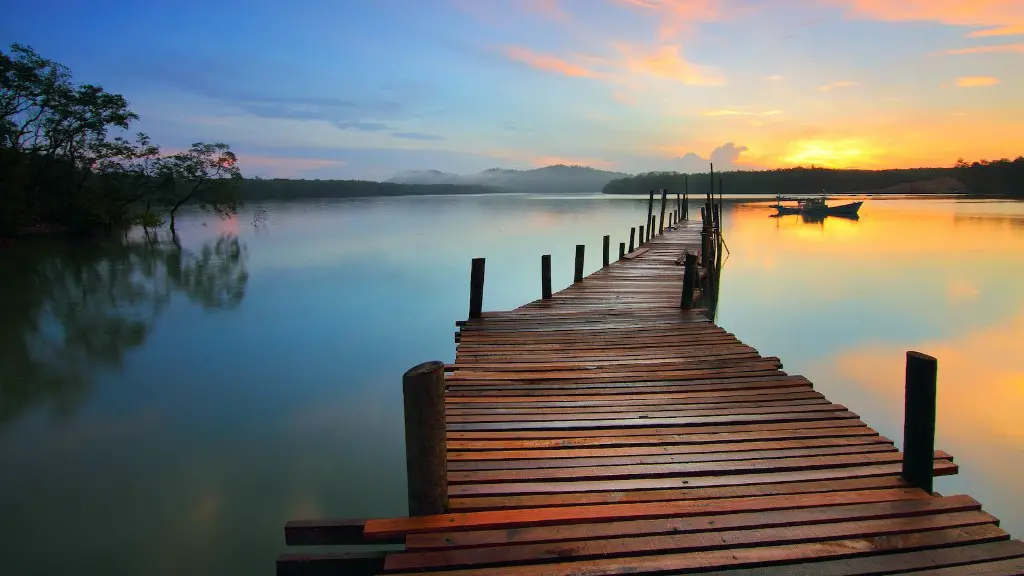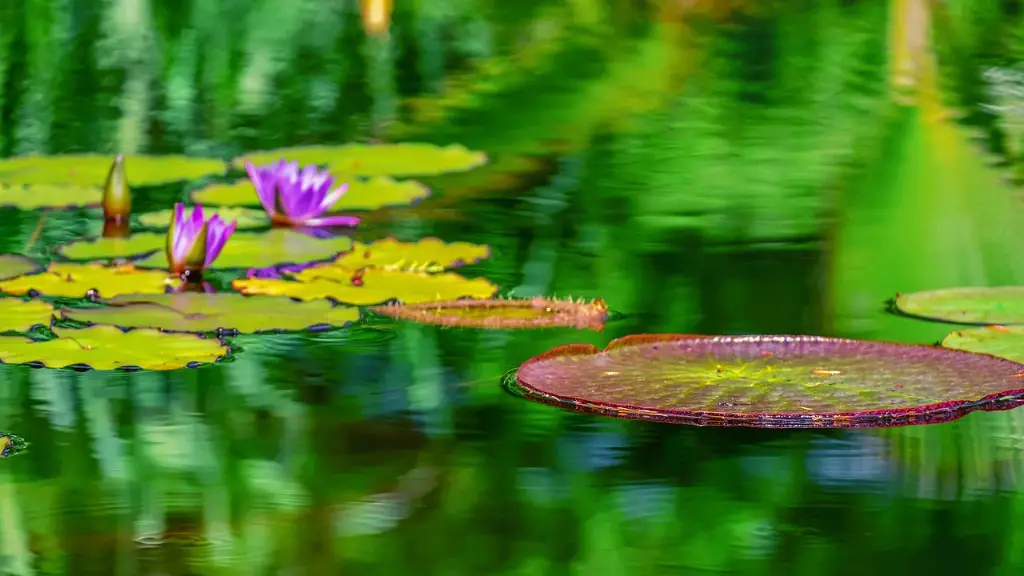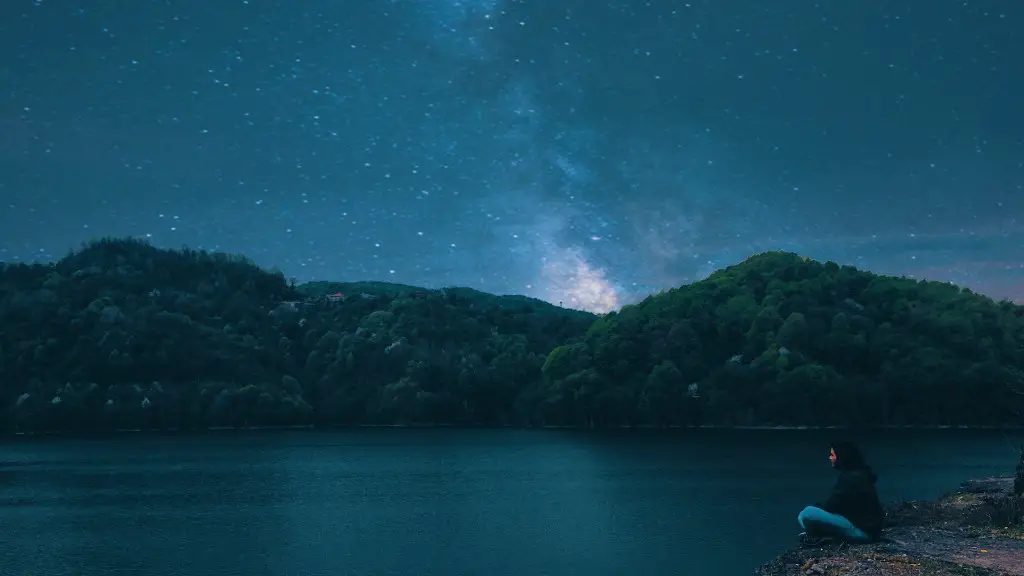Lake Titicaca is one of the most famous and stunningly beautiful lakes in the world located between Bolivia and Peru. It is well known for its spectacular scenery and its mysteries. To experience Titicaca one has to see it with their own eyes. Located at an altitude of 12,500 feet above sea level and over 150 miles long and 50 miles wide, Lake Titicaca is the highest navigable lake in the world. It is a deep natural freshwater lake with unique waters that continuously change color in different shades of blue, green and even sometimes blue-grey.
Lake Titicaca is also known for its many floating Islands that seem to rise up out of the lake and float on its surface. These islands, known as the Uros Islands, were built by the Uros people who created them over the past 600 years from totora reeds that grow near the shore. There are around 40 of these artificial islands, most of them inhabited, where the inhabitants still practice old traditions that provide a source of tourism income.
The mysterious nature of Lake Titicaca is another thing it is known for. There are many tales and legends about the mystical and spiritual properties of the lake that have been passed down for generations. Among them, stories about a gateway between the physical and metaphysical worlds. This has only added to the lakes’ spirituality and people from all over who visit the lake tend to feel a sense of serenity and peace.
Lake Titicaca is an important source of sustenance for many people living along its shores: it is a spiritual and cultural center, where fishing is still practiced. Its waters are also rich in biodiversity and play a significant role in the ecosystems of the countries surrounding the lake. It is home to many animal and plant species that can only be found in this area and it is of great economic value for Peru and Bolivia.
In addition to the beautiful mysteries and cultures that it enshrines, Lake Titicaca is also an important source of renewable energy in the region. Its waters are used as a resource to generate hydropower electricity and it is also used as a source of irrigation for the crops grown in the surrounding regions. This is important as both Peru and Bolivia are undergoing rapid development which requires the exploitation of natural resources.
Overall, Lake Titicaca is a remarkable lake with an astounding physical beauty, a rich spiritual and cultural history, an incredible biodiversity and a great potential in terms of renewable energy resources. It has rightfully earned its reputation as one of the most unique and majestic lakes in the world.
Limitations and Challenges
Despite all its beautiful characteristics, Lake Titicaca suffers from a number of problems. The lake environment is constantly under threat from pollutants, unsustainable exploitation of resources, and built-up infrastructure. Large amounts of pollutants and waste, both from industrial and agricultural sources, have created a number of environmental and health issues.
Pollutants have a direct impact on the lake’s fragile biodiversity and its waters are now considered to be unsafe for swimming, due to high concentrations of metals and other pollutants. Additionally, the excessive fishing of certain species in Titicaca has created an imbalance in the lake’s food web.
Finally, the lake’s built-up infrastructure infrastructure has made it difficult for its waters to circulate, leading to reduced oxygen levels and an increase in temperature. This has had a negative effect on the lake’s fragile ecosystem.
Protection and Restoration Efforts
Fortunately, in recent years Peru and Bolivia, who share the lake, have taken steps to protect and restore Titicaca. Local NGOs, indigenous groups, the government, and other actors have worked together to develop regulations to limit human activities and improve air, water, and land management.
For example, the Peruvian government has created a special fund to reduce pollutants and its associated illnesses, and to provide economic opportunities that promote sustainable practices. In addition, the country has established the Titicaca Natural Park, where fishing is forbidden and only traditional boats are allowed.
Bolivia, on the other hand, has adopted the Ramsar Convention, which is an international treaty for the conservation and sustainable use of wetlands. This treaty has helped Bolivia protect the lake’s land and waters, and it has also established limits on certain polluting activities.
Finally, the cooperation between Peru and Bolivia in managing the resources of Lake Titicaca has also improved in recent years. The two countries have agreed to duties that facilitate the efficient management of the lake, its tributaries, and its watersheds.
The Natural Beauty of Lake Titicaca
The beauty of the lake is unparalleled: it is an oasis in the midst of the Andean highlands. The landscapes are breathtaking, with a magical air that has inspired many people, from scientists to painters. From sunrise to sunset, the lake is alive with various species of birds in constant migration, including flamingos, ducks, and seagulls.
The lake is also home to a number of rare and endemic species that can be found nowhere else in the world, such as the endangered Titicaca Grebe and the Titicaca water frog. Additionally, the lake harbors an immense kingdom of microscopic species, some of which, such as diatoms, are key components to the food webs of larger species.
Lake Titicaca is not only a place of beauty and habitat, it also provides sustenance to thousands of people who to this day, rely heavily on its waters to fish, practice agriculture or irrigate their lands. Lake Titicaca is a gift of nature, one that needs to be treasured and protected.
The Social Impact of Lake Titicaca
As home to many indigenous communities, Lake Titicaca is part of their traditional ways of life. The lake is the origin of many stories, songs, and legends. It is also an important spiritual and cultural center for many indigenous people, where they practice their traditional customs and beliefs.
In recent years, tourism has grown in the region. Visitors are drawn to Titicaca for its natural beauty and its cultural significance, and the increased tourism has benefited local communities by providing them with an additional source of income.
This has been a double edged sword, however, as increased tourist activities have also begun to negatively impact the region and its people. Tourists leave behind large amounts of waste and some activities, such as boat tours and kayaking, have disturbed the lake’s fragile ecosystems.
Lake Titicaca is an incredible and unique place that we must take care of and protect. Only by working together, both locally and internationally, can we ensure the lake’s continued existence for future generations and its continued cultural, spiritual, and natural significance.
Sustainability and the Future of Lake Titicaca
Going forward, it is important that countries around the lake focus on developing sustainable practices that will help to protect and restore the lake’s environment and ecosystems. This means establishing stronger regulations and controls on activities, such as fishing and water pollution, while also looking for ways to reduce the impacts of climate change.
It is also important to continue to work with local communities to ensure their well-being and to foster their traditional ways of life. This should involve investments in education, health care, and infrastructure, while also providing economic opportunities that promote sustainable practices and livelihoods.
Overall, Lake Titicaca is an incredibly unique and remarkable lake that must be protected and preserved. By working together, both countries and local communities can ensure the lake continues to be a source of beauty, sustenance and spiritual significance for generations to come.
